1899 Borchardt-Luger SOLD
PHOENIX INVESTMENT ARMS - PREMIUM COLLECTOR LUGERS
Genuine German Luger - Largest Variety of Lugers Offered
Bottom of Page
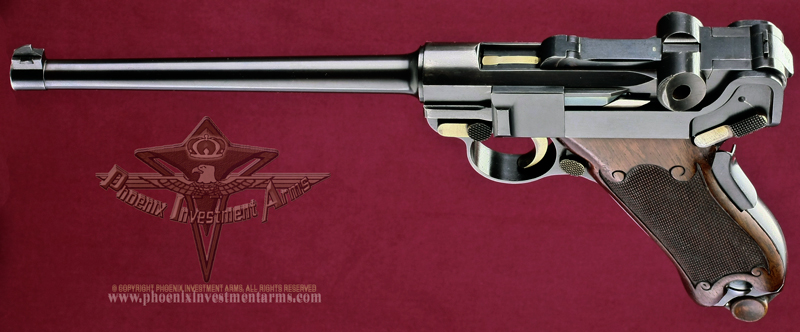 |
| This is a 1898-99 Transitional Parabellum with a 175mm barrel, un-reinforced rear sight, hatched cut dished toggles, Type I thumb safety with many of the parts indicating this is a 1898 Transitional Pattern; no stock lug, unrelieved frame, square hinge profile on the 1st toggle link and cumulated with the intertwined GL on the rear toggle. This amazing, one of one, Transitional Parabellum created before the 1900 adoption by the Swiss. (1563) |
 |
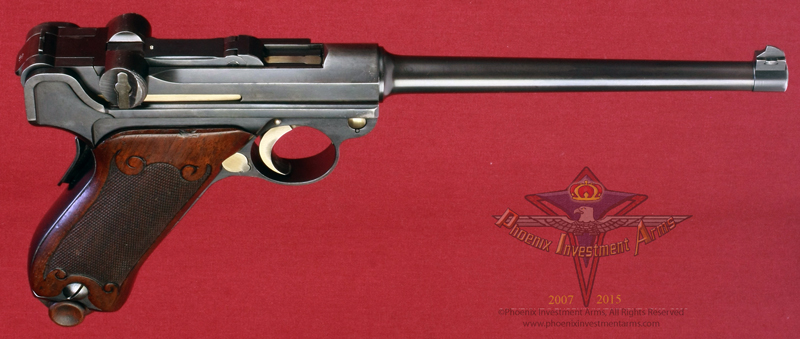 |
|
NOTE: Photographs taken today with the high mega-pixel camera show more than we sometimes can see with the human eye. Magnified close-ups show us tool marks and natural surface conditions that one normally doesn't see in the ordinary handling of the weapon. Photographs are copyrighted, all rights reserved, any extraction, reproduction or display of gun pictures without the express consent of the Phoenix Investment Arms is strictly prohibited. Thank you for your cooperation. Please visit Legal (tabbed) for Conditions of Sale. |
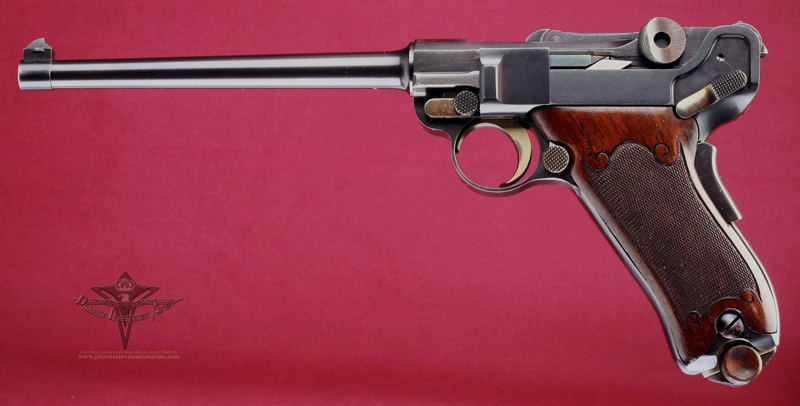
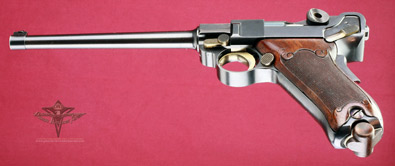
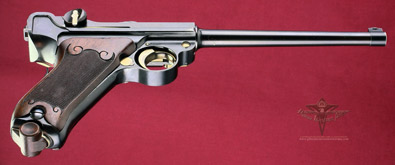




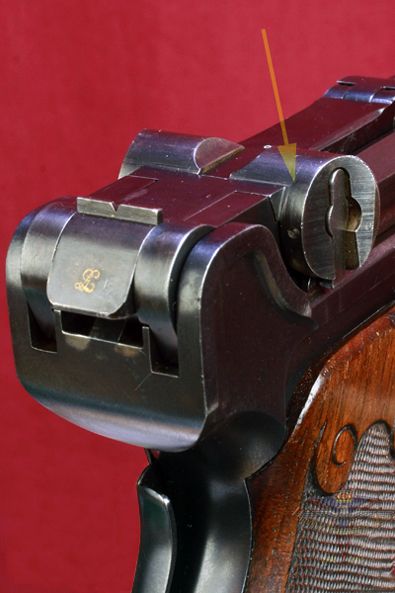

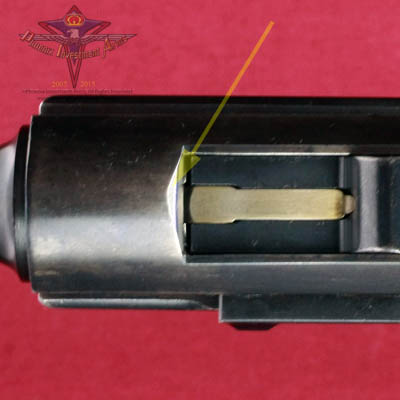
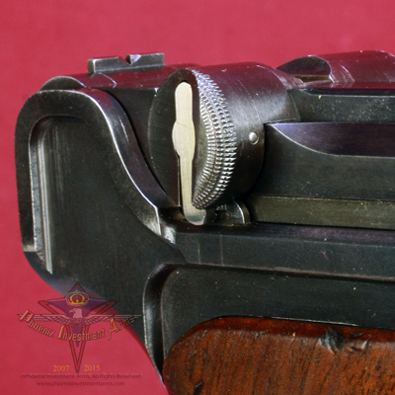

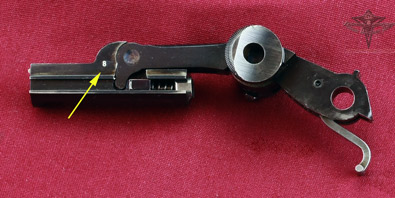
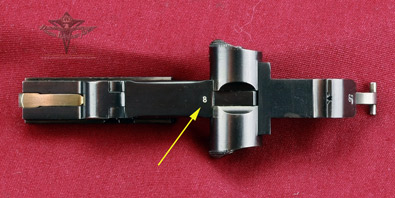
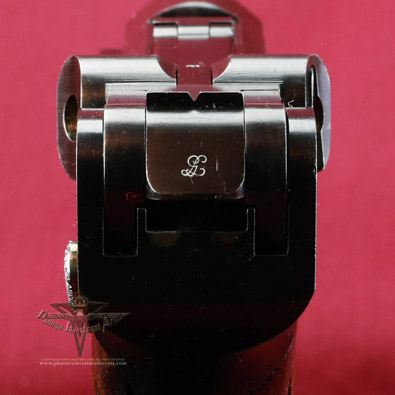
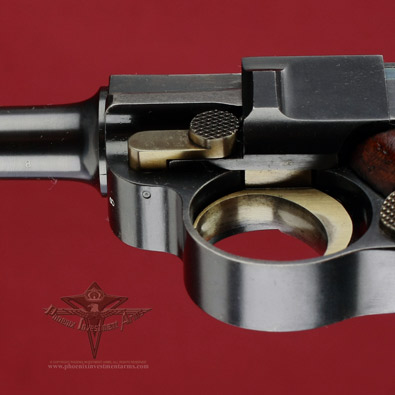
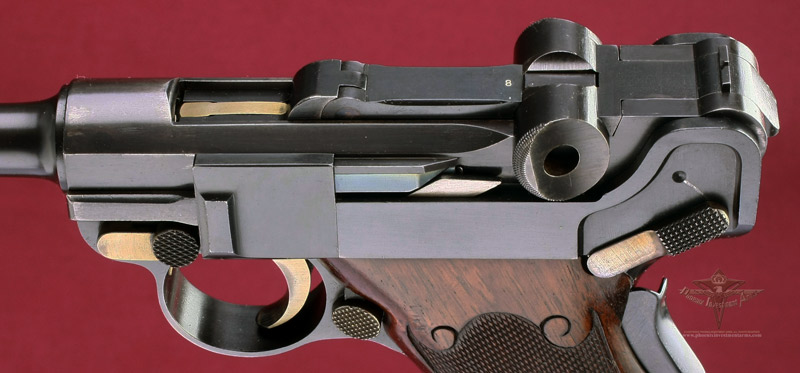

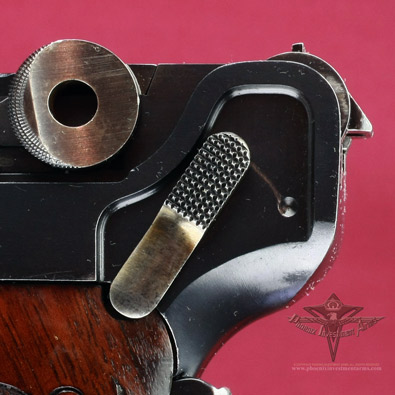


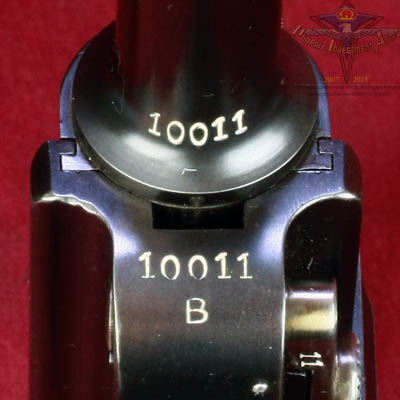
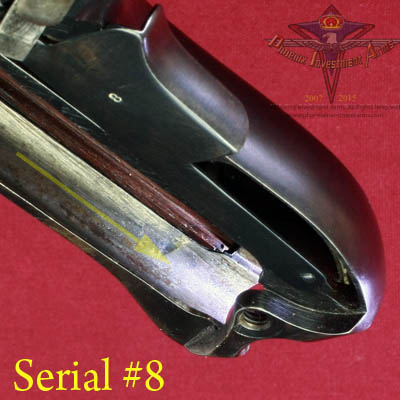
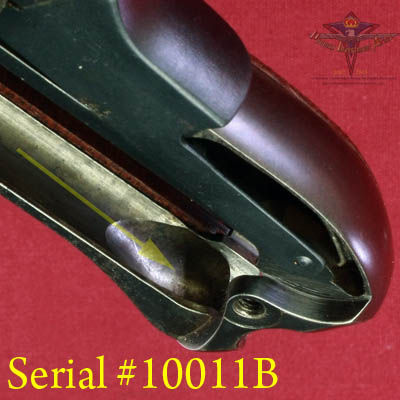

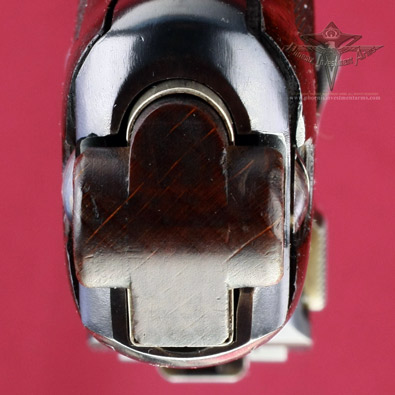
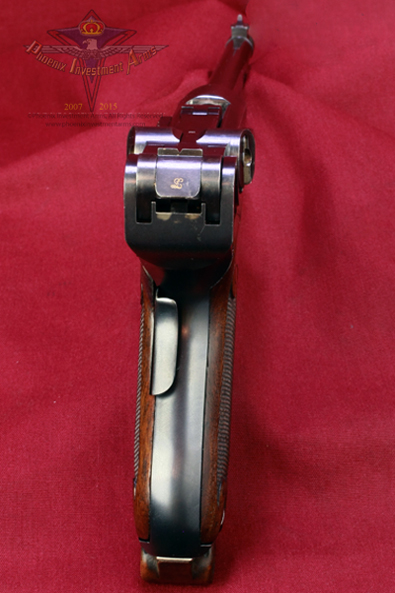
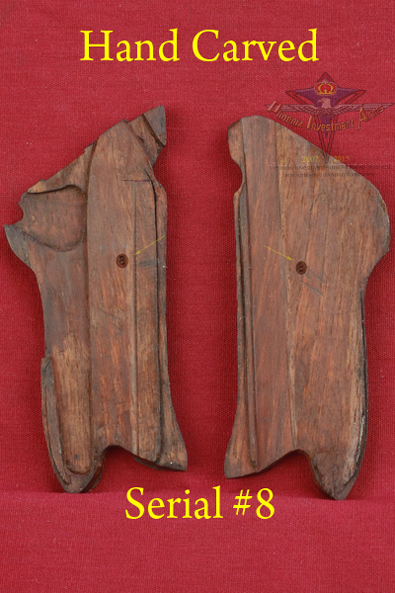
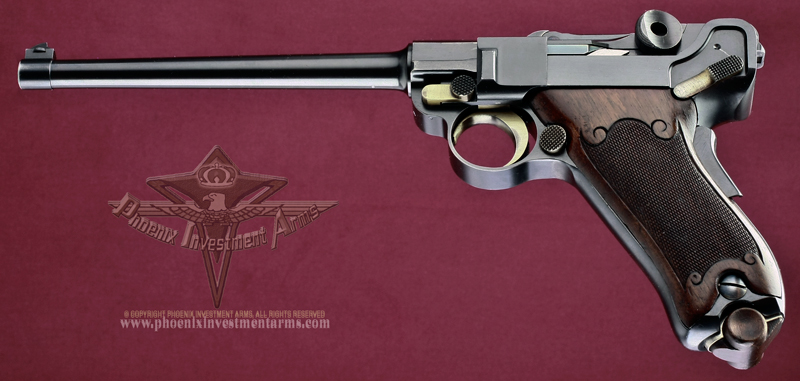

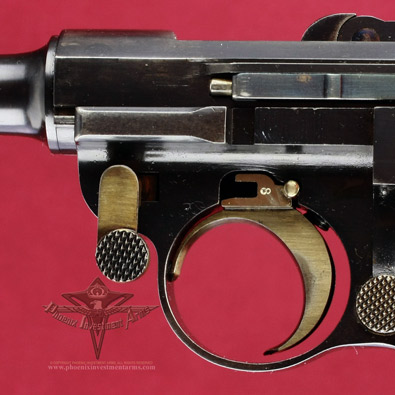
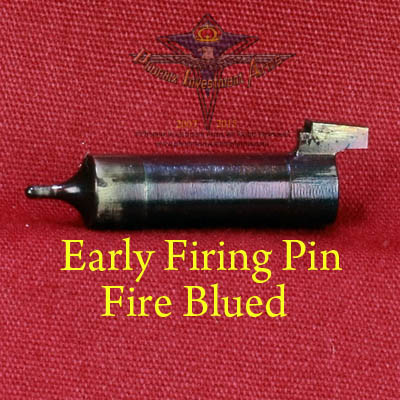
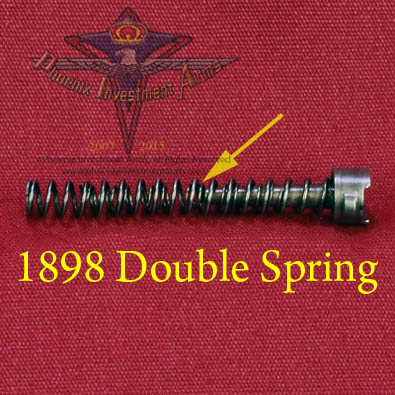
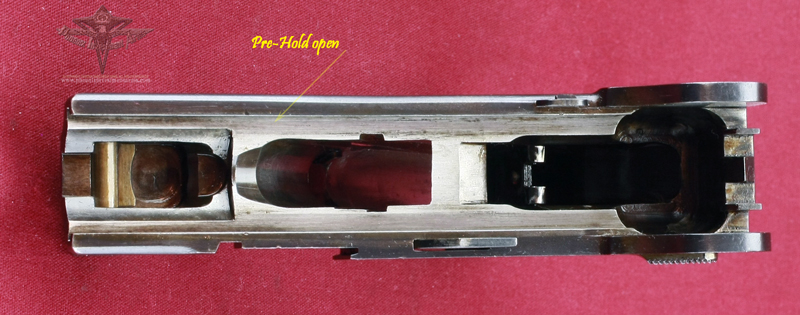
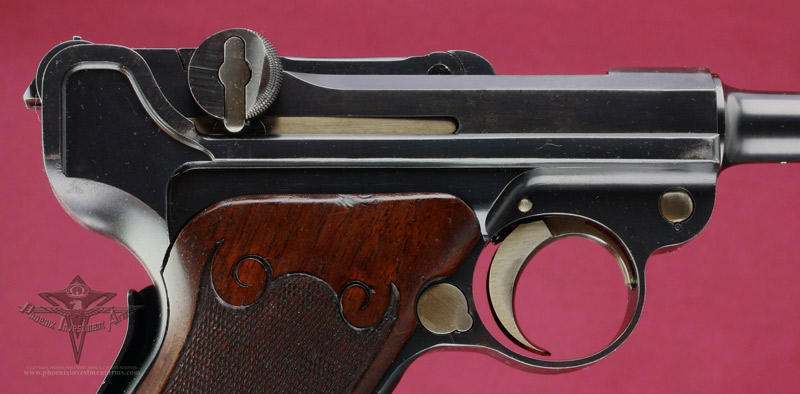
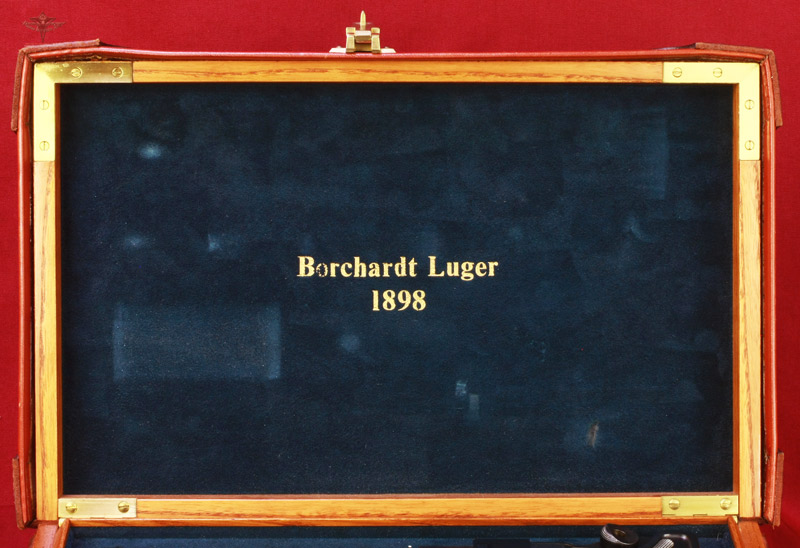
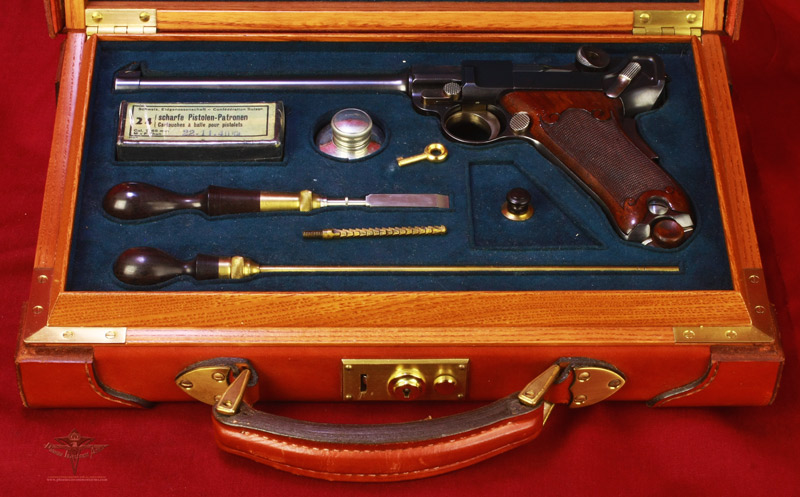
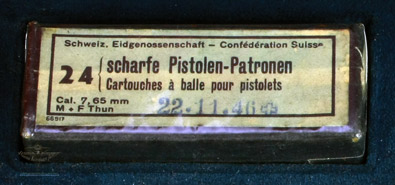



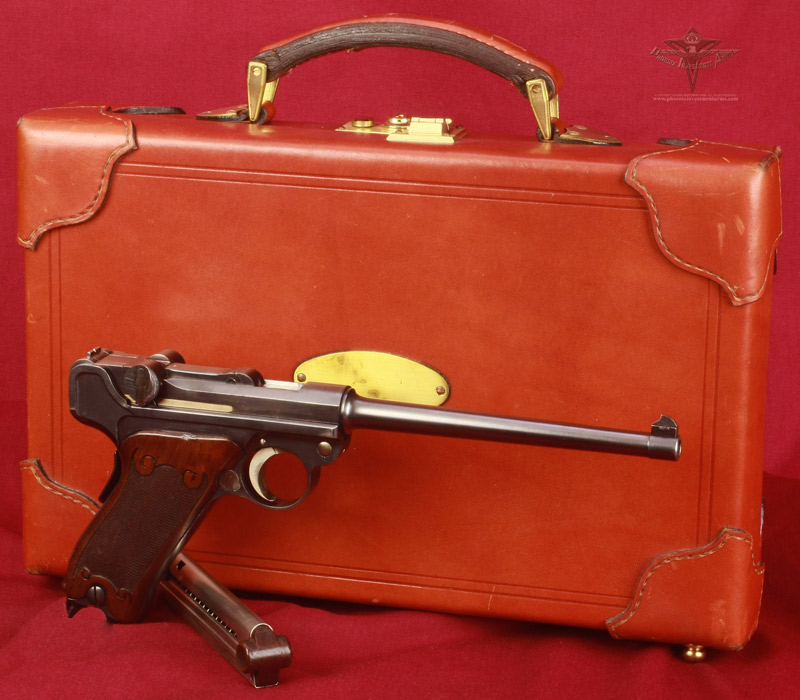

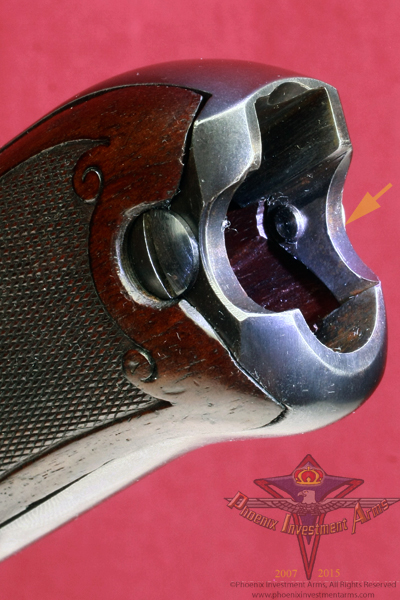
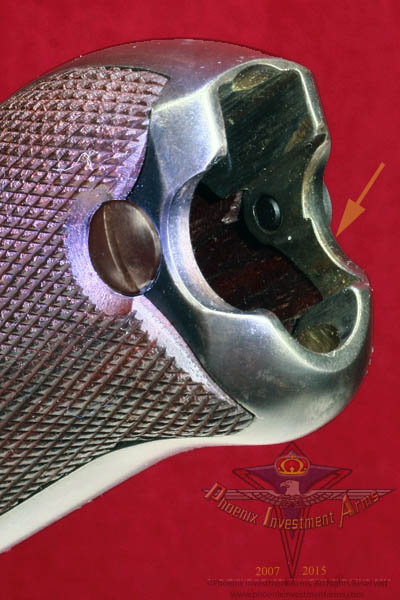
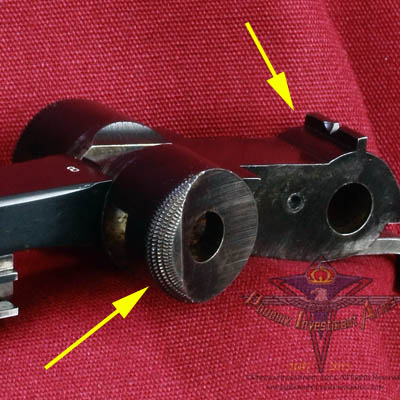
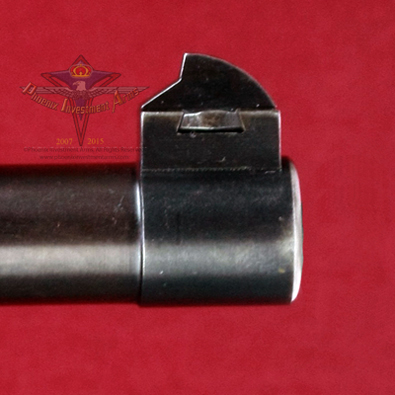

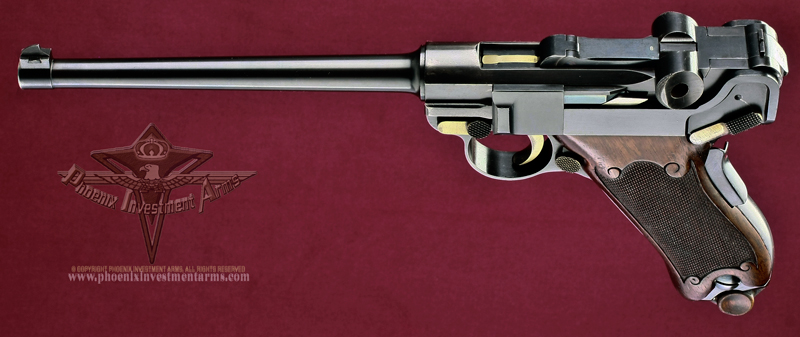
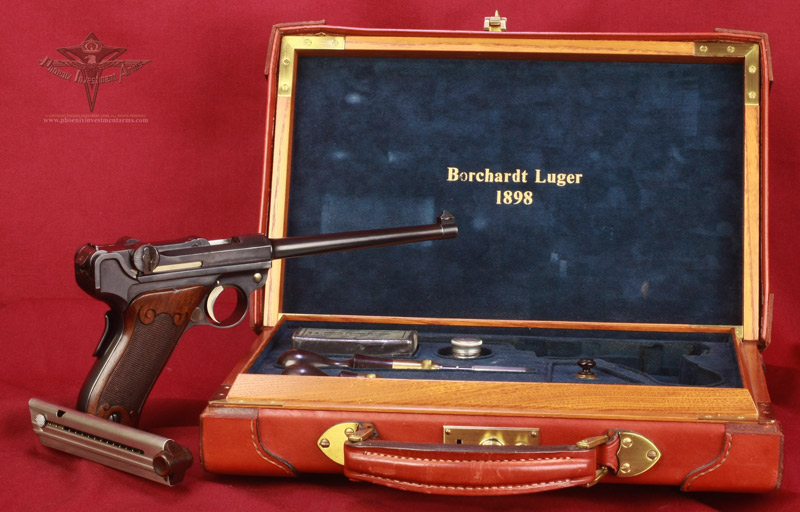
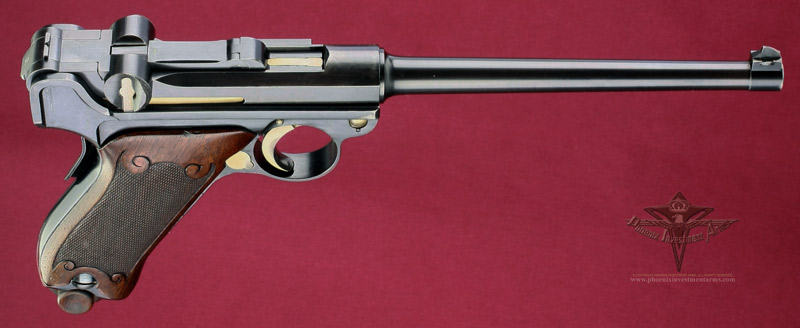
 If you
love Lugers, or just want to look at some rare Lugers from private
collections of the world's most renowned collectors then check this
out.
If you
love Lugers, or just want to look at some rare Lugers from private
collections of the world's most renowned collectors then check this
out.